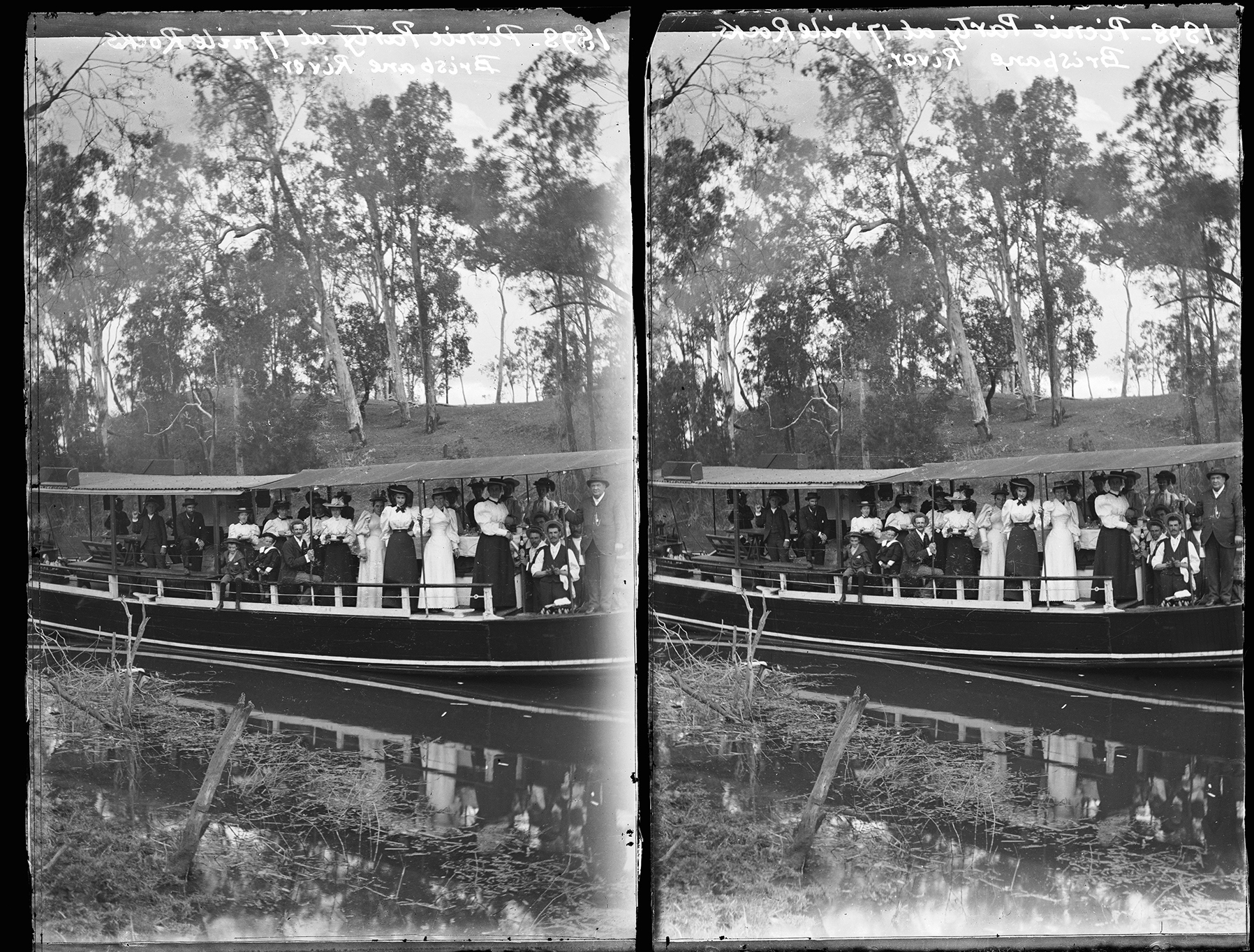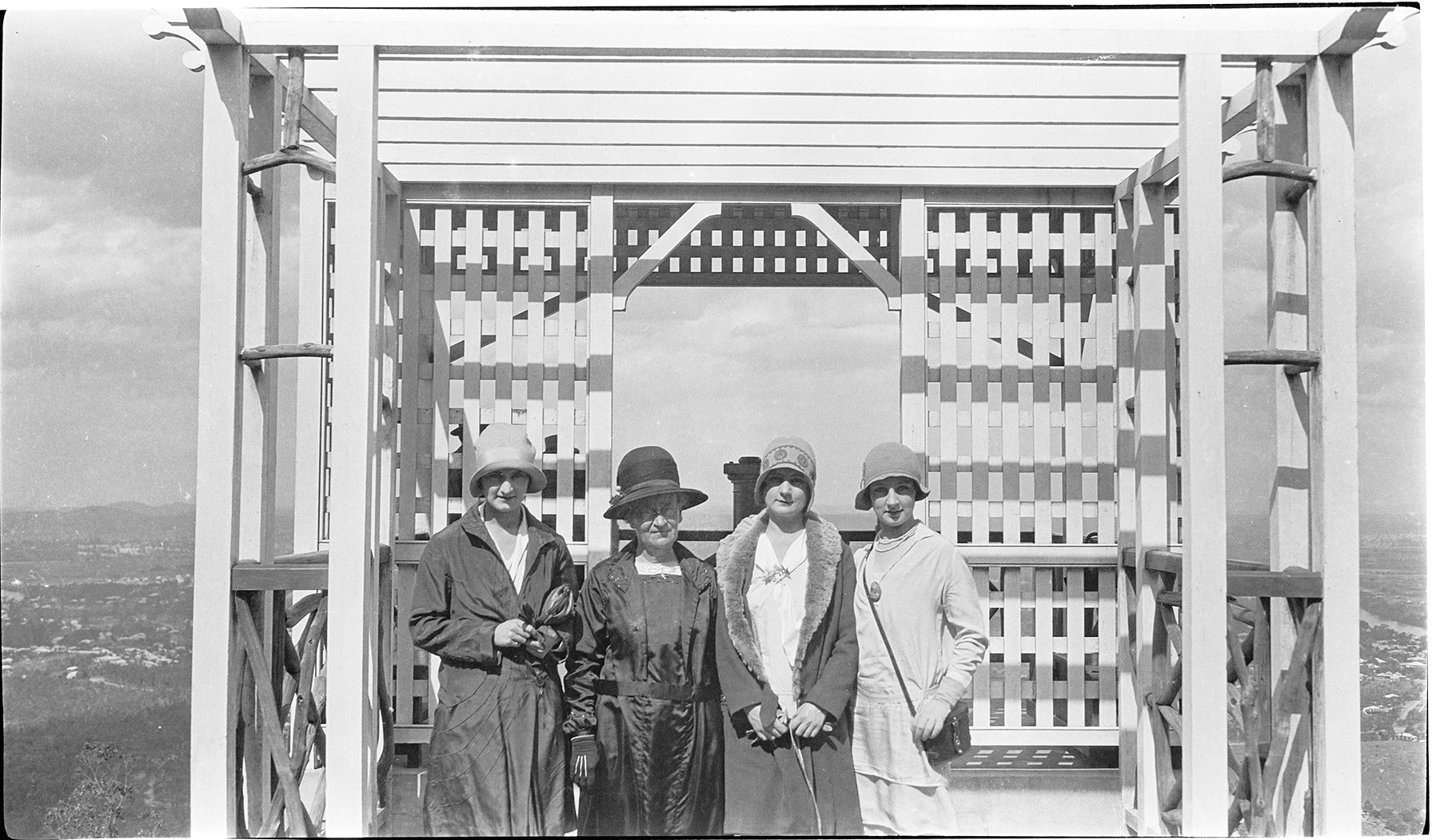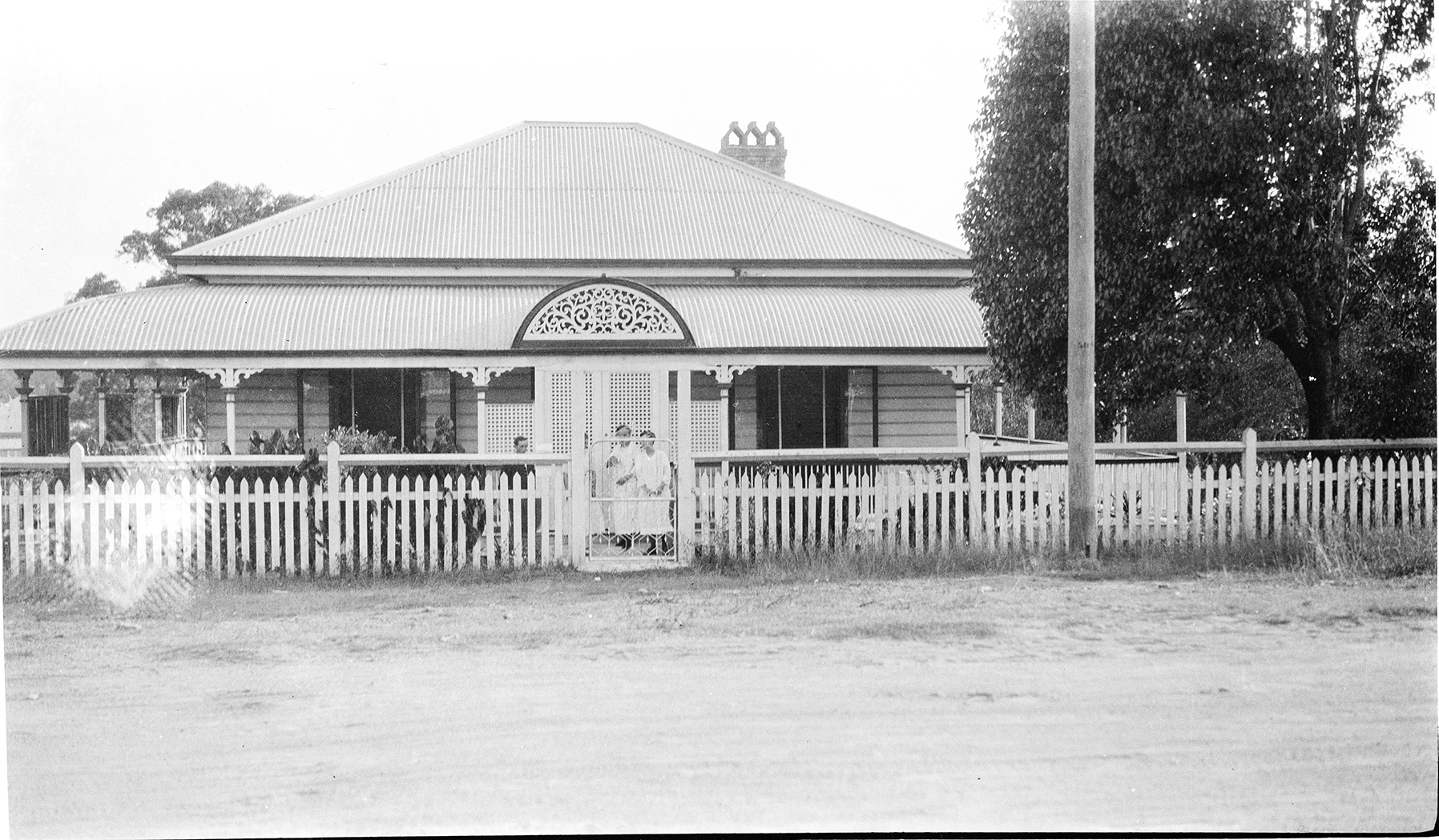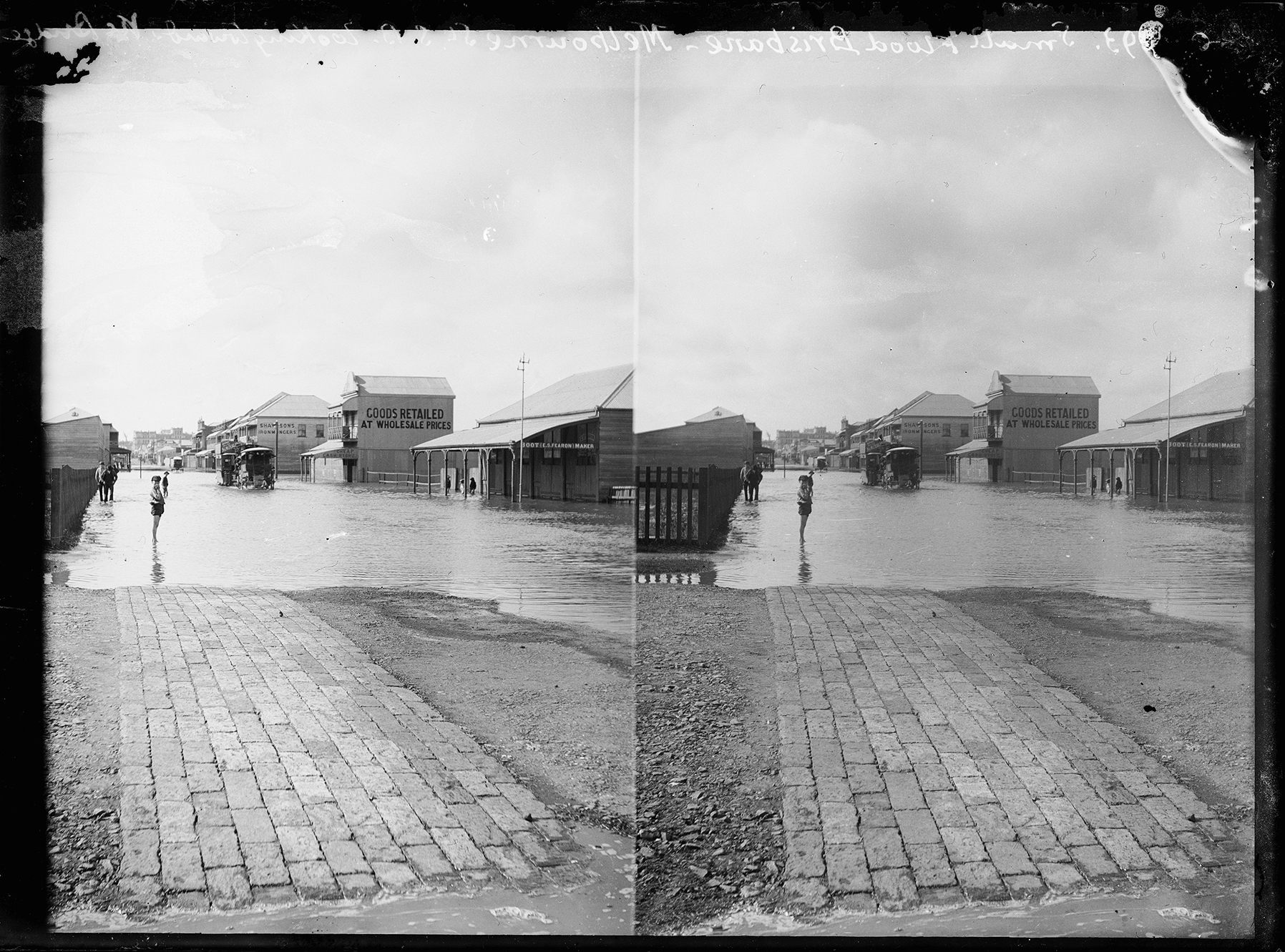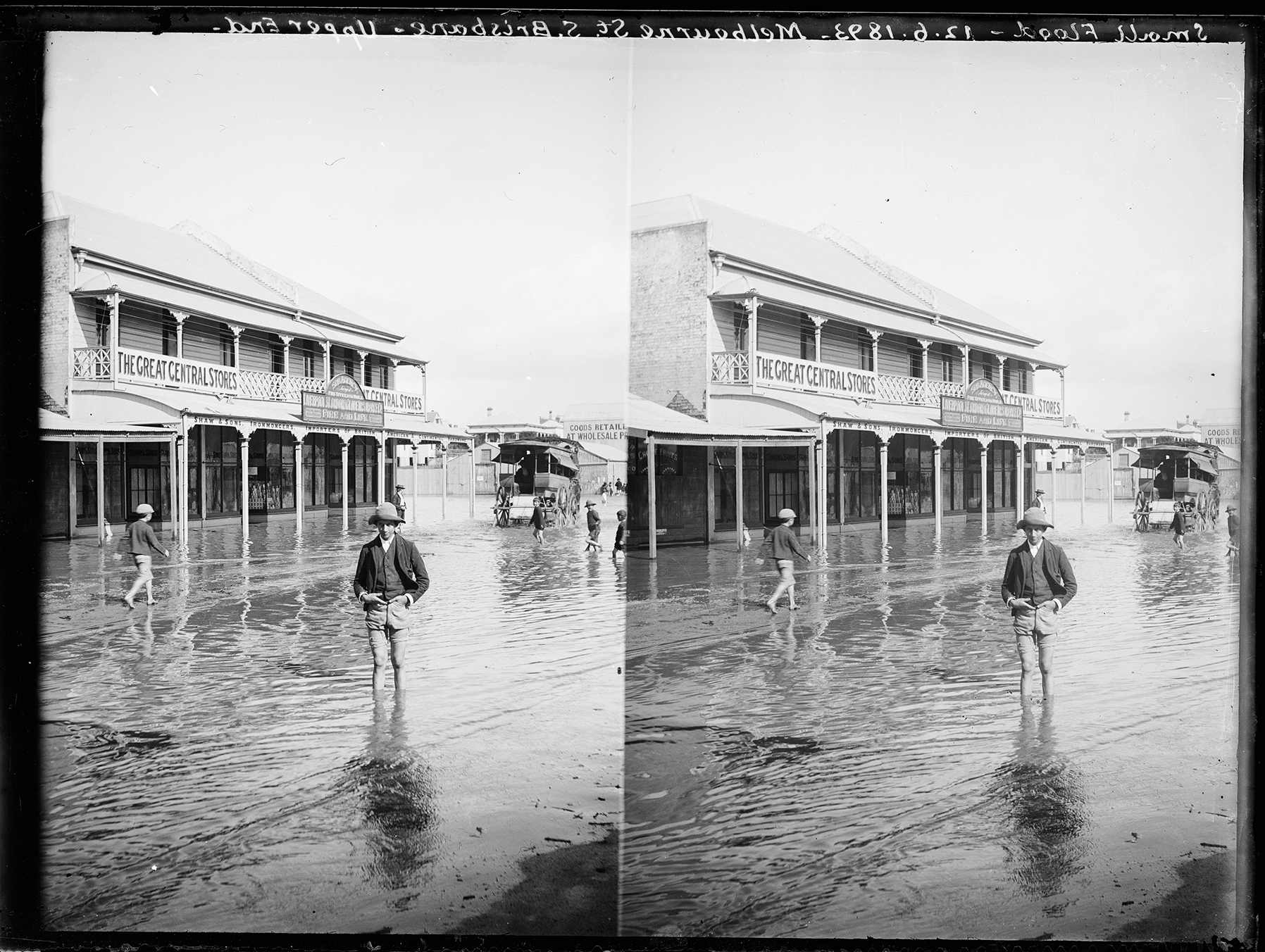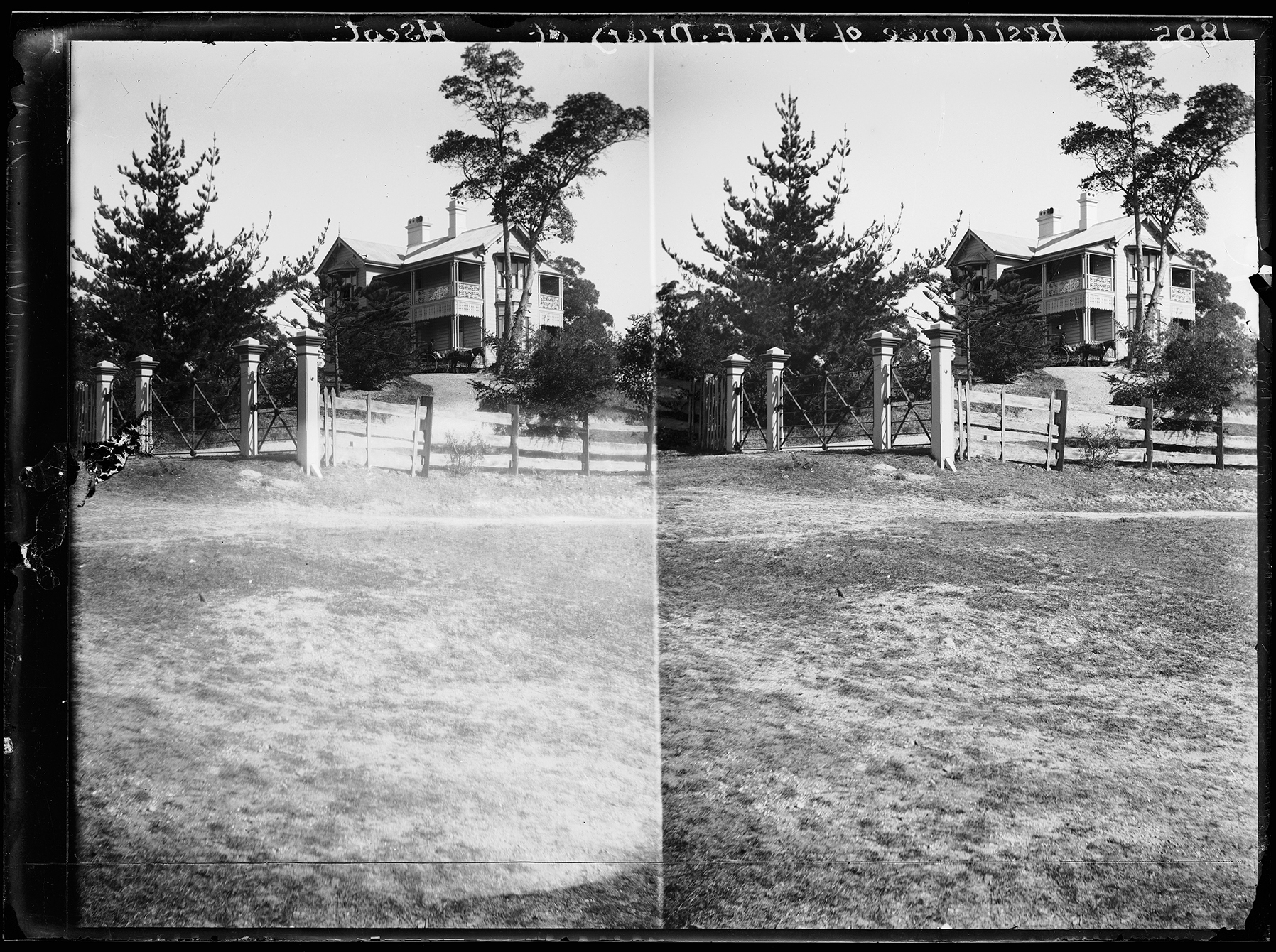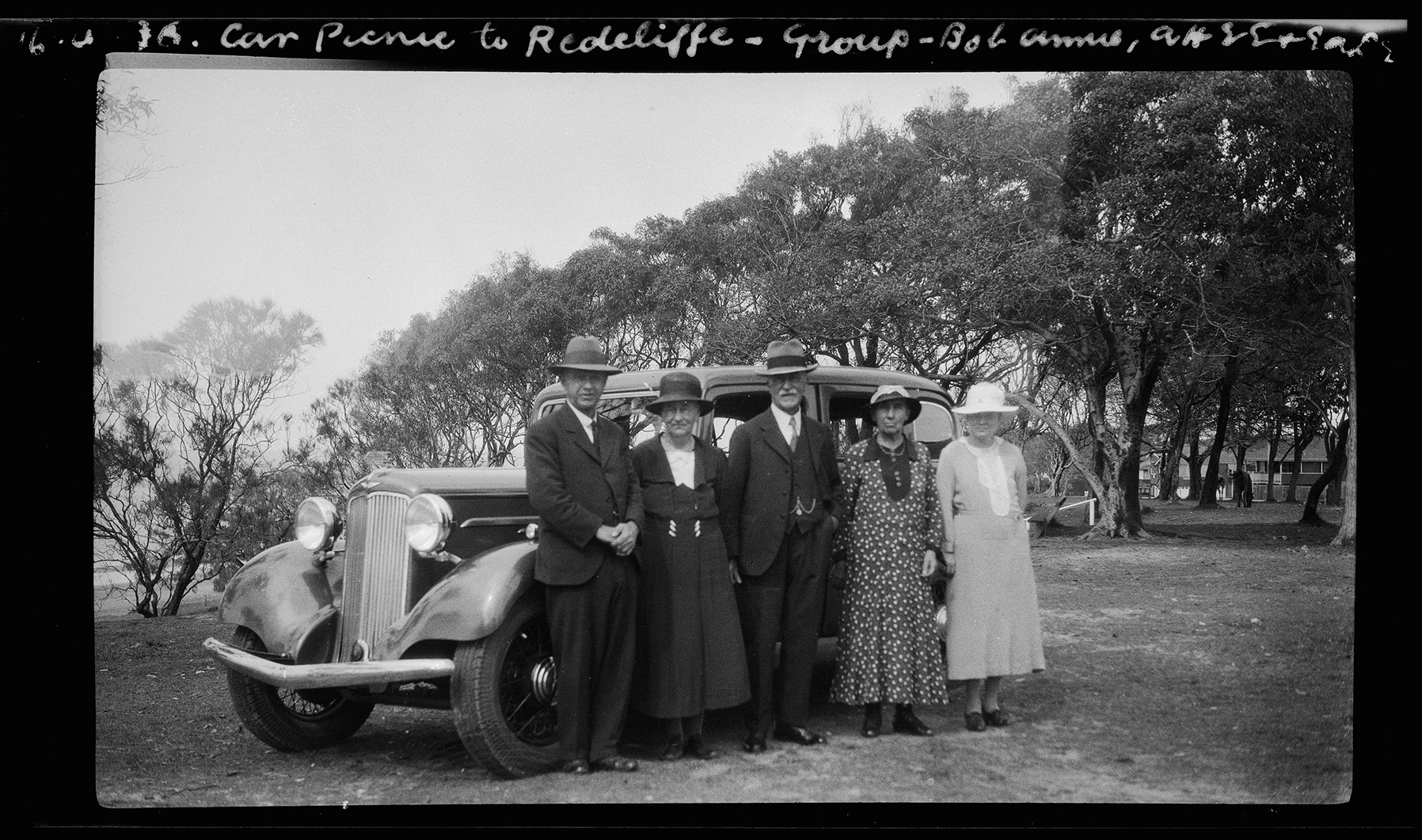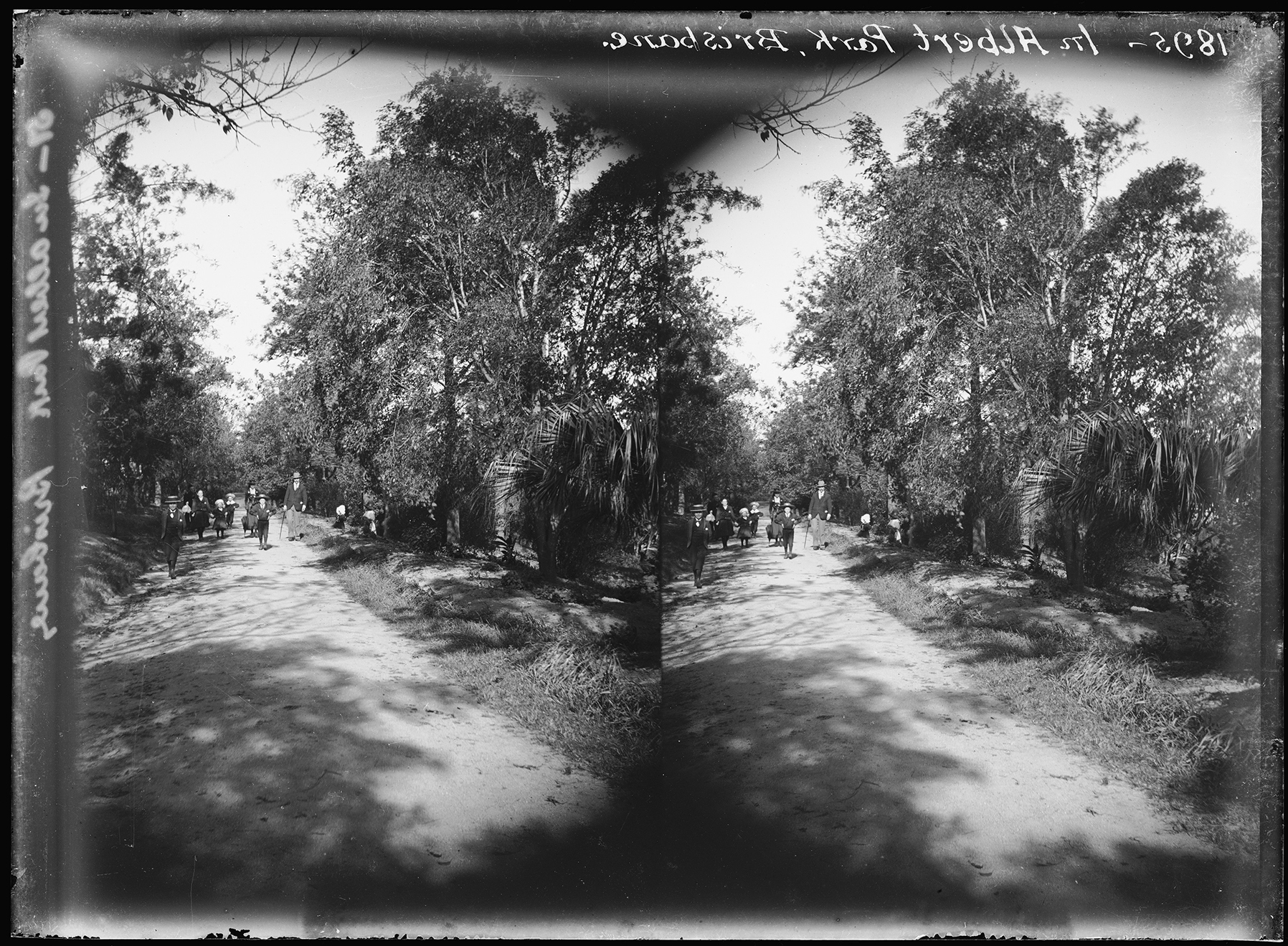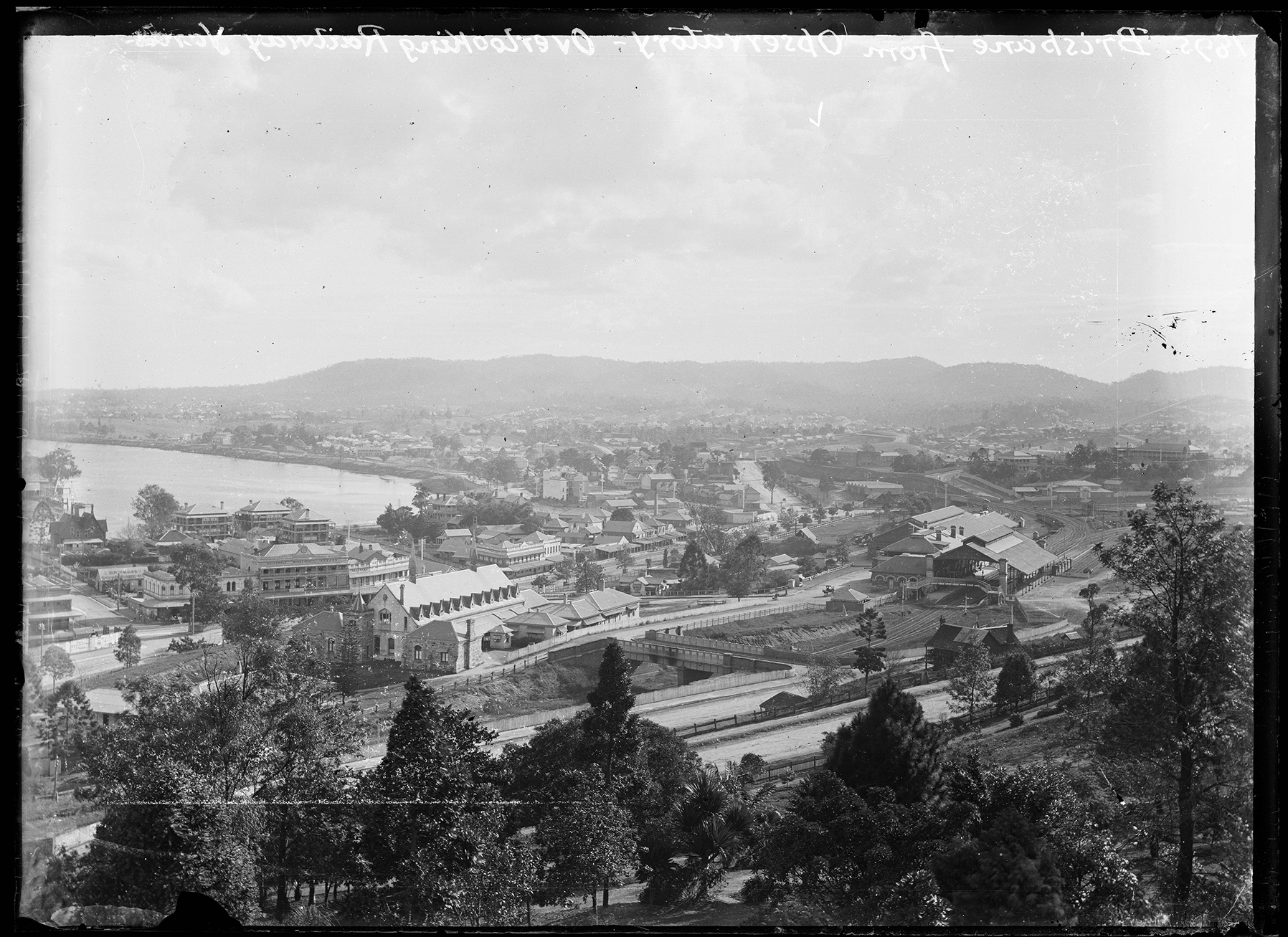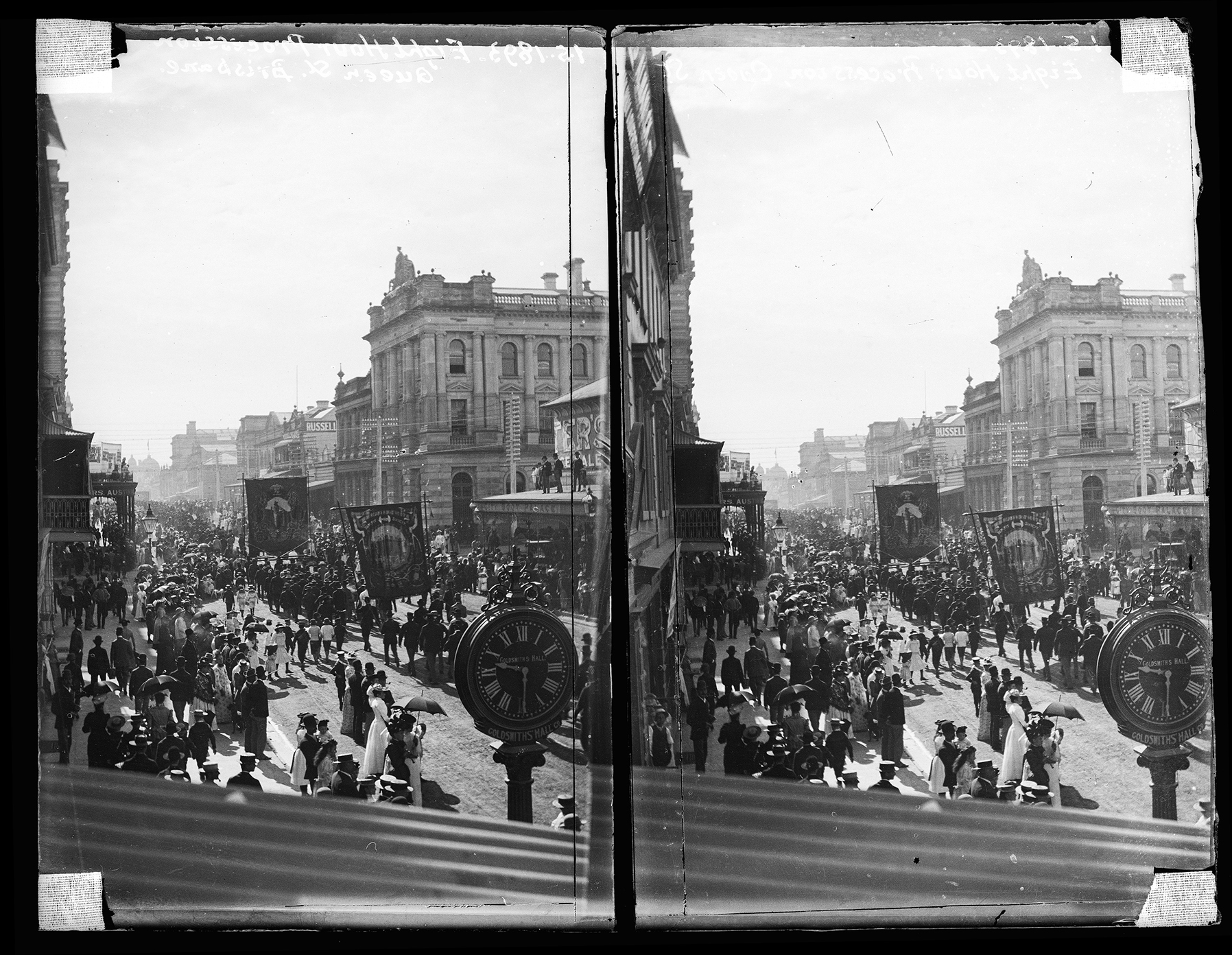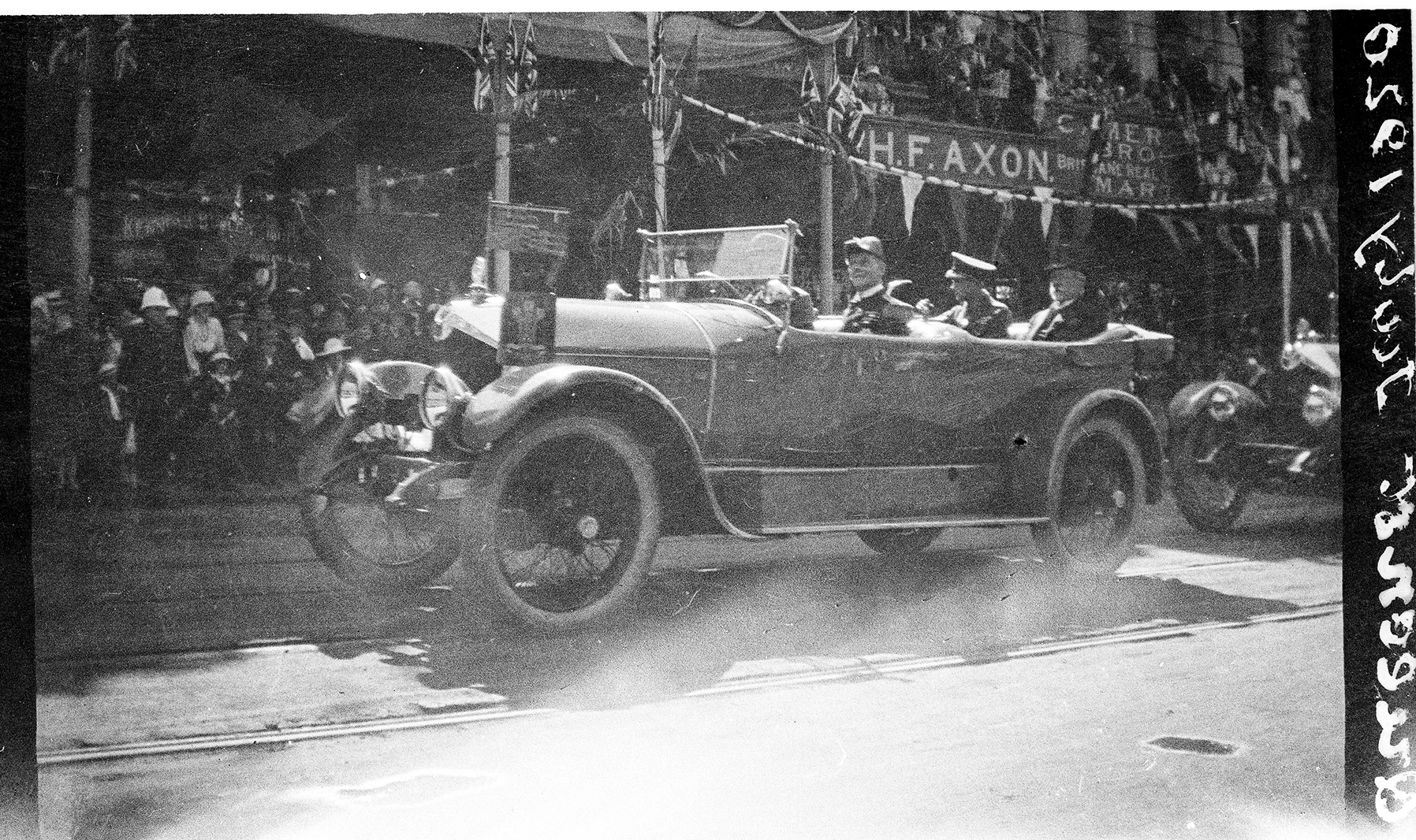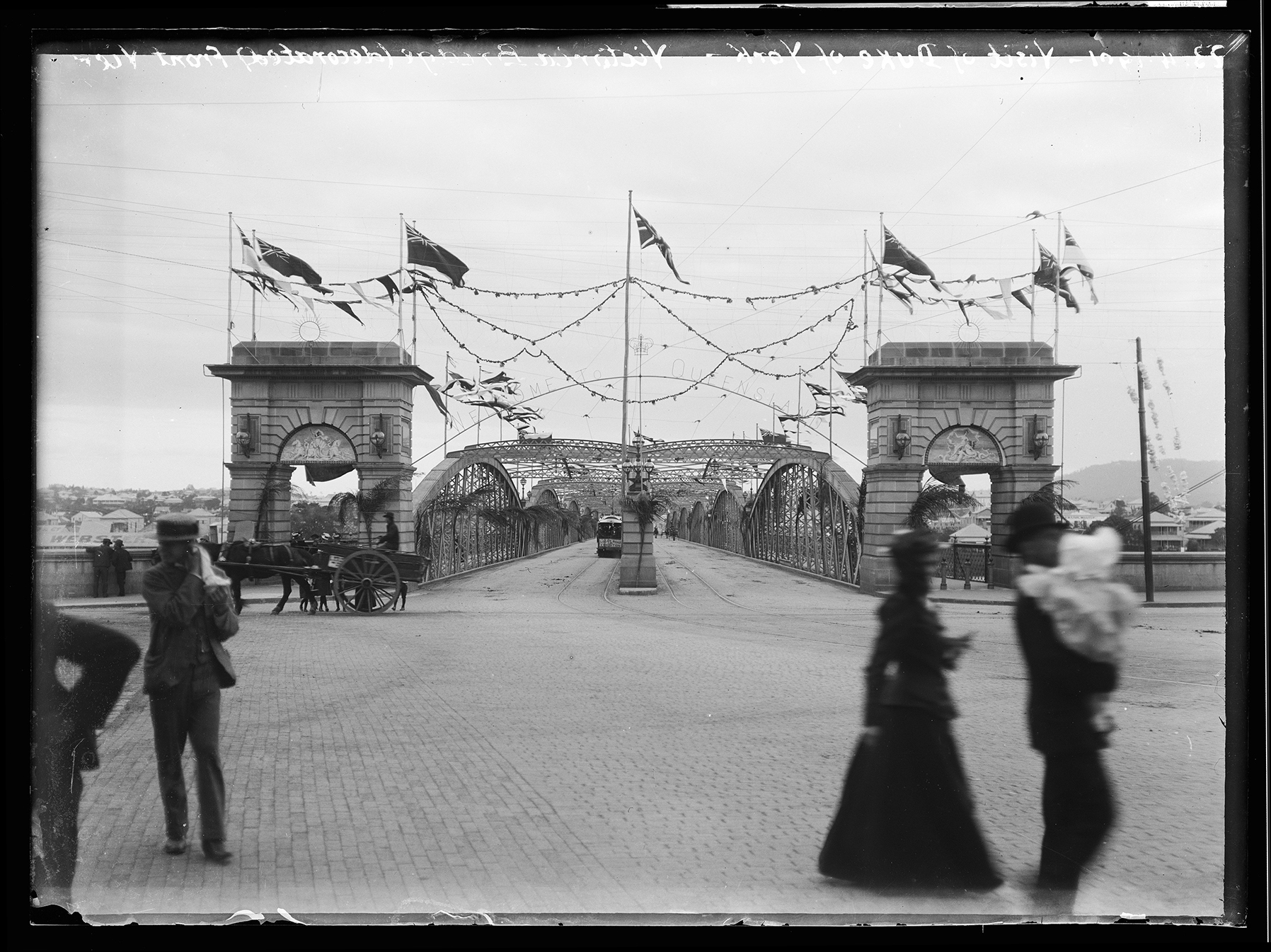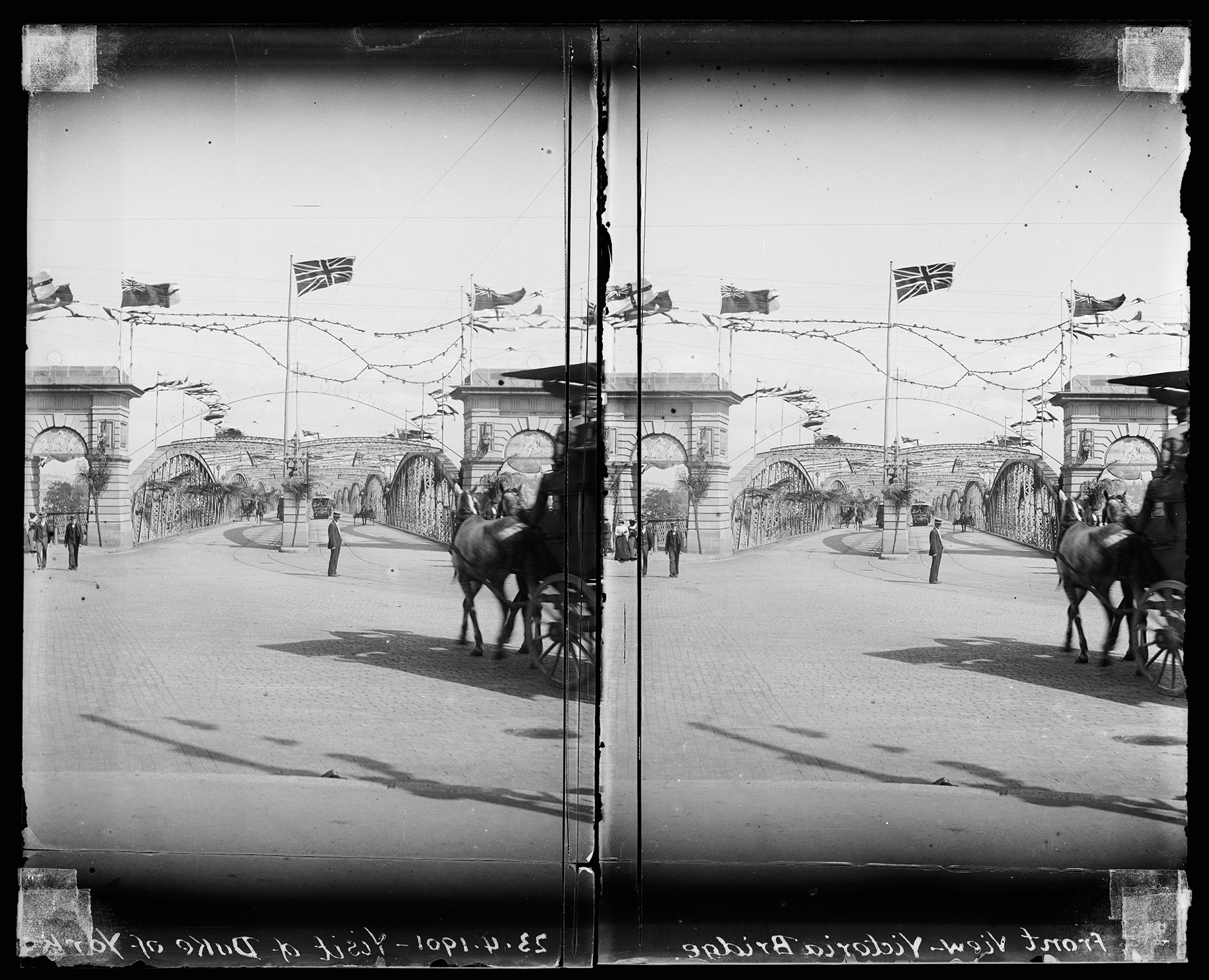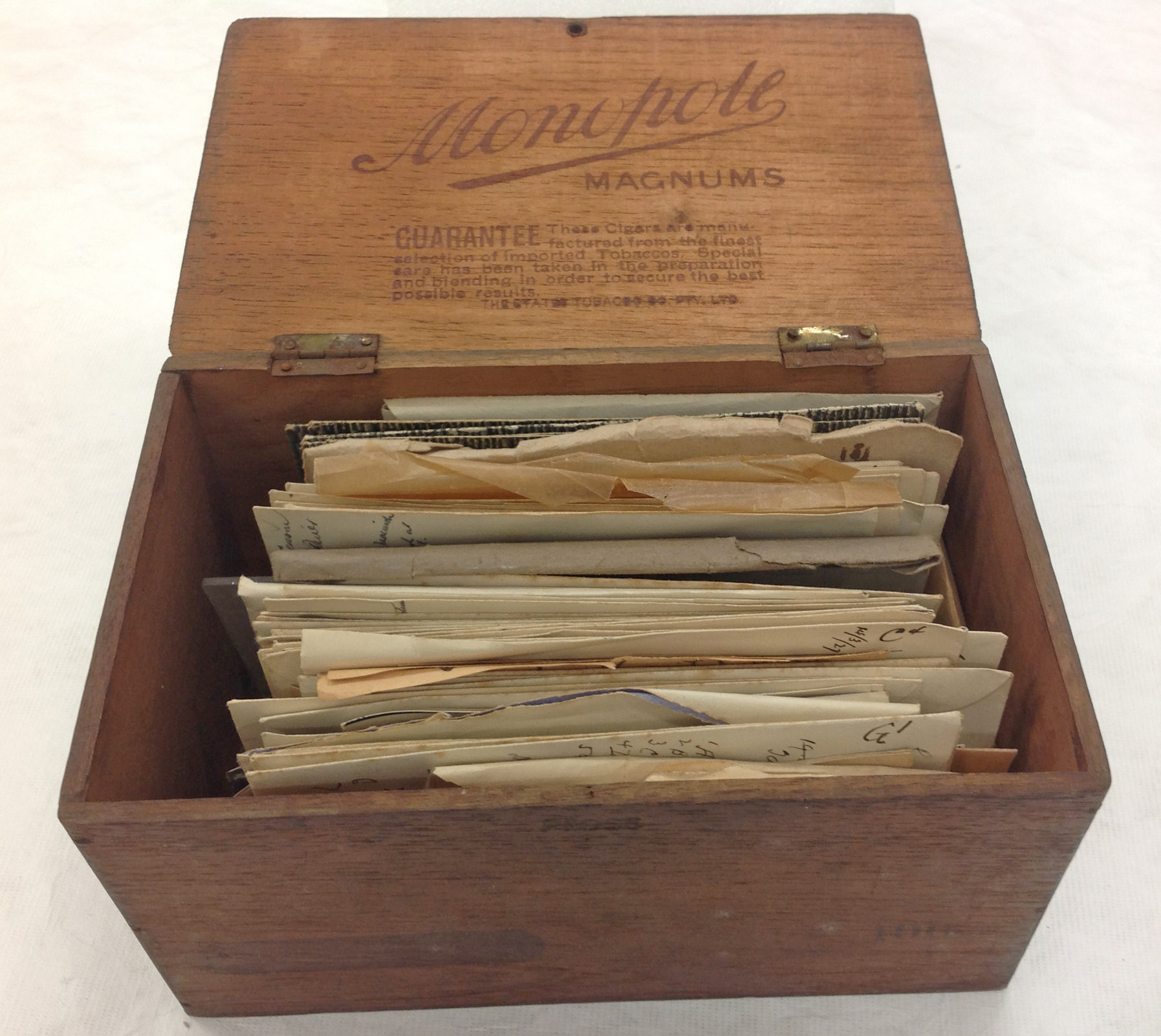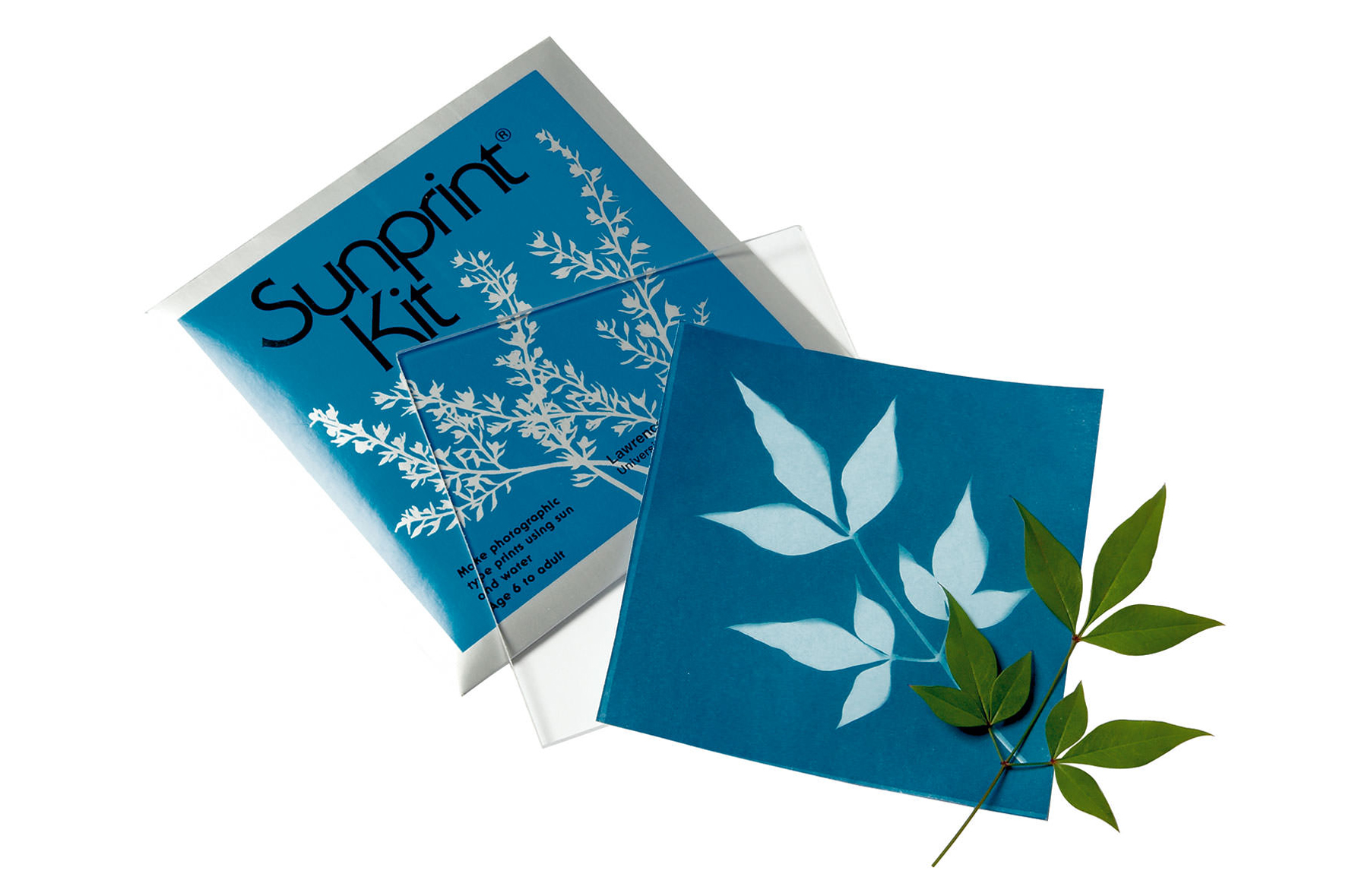Amateur photographers have been capturing our city since the very early days of photography. Significant events like royal visits, devastating floods and the construction of grand new buildings have been captured countless times. But alongside these are the everyday photographs taken on no particular occasion, for the sole purpose of capturing the unique character and layout of our city, its landscapes and people.
The Elliott Collection of photographs by Brisbane photographer Alfred Elliott (1870 – 1954) captures these moments over a period of 50 years. Discovered in 1983 in a cigar box under a Red Hill home, Elliott’s photographs showcase how drastically the city has changed to become the Brisbane we now recognise. The Elliott Collection allows us to connect with the history of the city, and generations of its previous residents, through images. Although much has changed, many familiar landmarks remain and you may even catch a view of your suburb.

Explore the Photographs
Who was Alfred Elliott?
Although little is known about Alfred Elliott, the large number of images contained in the Elliott Collection, combined with their annotations, provides clues about the personality and life of this photographer. Elliott was born in Paignton, Devon, England in 1870 and emigrated to Brisbane in 1876. He worked as a civil servant and began photographing as a hobby around the 1890s.
When Elliott started photographing Brisbane, the city was on the verge of rapid population growth while experiencing major advances in technology, significant global events and social change. Like most amateur photographers, Elliott directed his camera according to his interests. The images produced convey a carefully composed view of one person’s life in, around and of Brisbane over a period of 50 years between 1890 and 1940.

The Alfred Elliott Collection
This historic collection of images was discovered in 1983 in a cigar box under a house in Red Hill. The rare find unearthed over 300 negatives, some of which are on extremely well-preserved glass plates, that together provide an intimate view of urban Brisbane life across time.
His images offer a unique perspective on life in Brisbane – as a modern city, inextricably linked to the British Empire, adapting to meet the needs of a changing world.
Alfred Elliott’s collection now forms an important part of the City of Brisbane Collection, held by Museum of Brisbane.
A Hobby or a Science?
Elliott’s first photographs are dated 1890 and were captured on dry-plate glass negatives including both single image and stereograph negatives. They are a mixture of amateur and professionally produced plates. Dry-plate glass negatives were commonly used between the 1880s and the late 1920s. Most of his glass-plate negatives have been inscribed, providing basic information about the date and subject. It is likely these were added some years after the images were taken as there are some evident mistakes in regards to dates, indicating that Elliott was relying on his memory when he made these notations.
Elliott used glass-plates until 1921, after which he changed to a camera with film. He sorted these film negatives by location and stored them in annotated envelopes, providing details about where and when the images were taken. The existence of 40 small negatives, covering a period from 1901 – 1921, suggests that Elliott experimented with film-based cameras while still using the cumbersome tailboard camera to produce the glass-plate negatives.

The Surprising Detail of Glass-Plate Negatives
Glass-plate negatives are hard to look at — small, fuzzy and the tones are inverted. Yet when printed they can produce amazing images. Large-scale modern reproductions reveal details captured on the glass-plates, not possible with the technology available in the late 1800s and early 1900s. A dry glass-plate negative is a sheet of thin glass coated by a layer of gelatin silver-bromide emulsion. After heating, the emulsion becomes light sensitive, allowing a negative to be produced with only brief exposure to light.
These plates could be stored for weeks before exposure and again before being processed. The preparation of a dry glass-plate could be done by amateurs or ready-made plates could be purchased from manufacturers. The quality of the processed image was greatly influenced by how smoothly the emulsion was applied.
Explore Brisbane in 1895

Create a Sunprint Kit
Sunprinting is a great way to experiment with traditional photography techniques at home. Sunprinting is based on the cyanotype process, which has been used by artists since its development in the 19th century. Harness the power of sunlight to create your own photographic print using green foliage, flowers, shadows, or any everyday object.







